DIY pedicure tips from our experts
Do you love pampering your feet with a pedicure? If so, you're not alone. Many people enjoy getting their nails done and have so for many years, but did you know that pedicures have more benefits than just making your feet look pretty?
The word pedicure comes from the Latin words pedis, meaning foot, and cura, meaning care. Pedicures have been practiced for thousands of years, dating back to ancient Egypt, where people used henna to dye their nails and feet. In ancient China, people used nail polish made from beeswax, egg whites, gelatin, and vegetable dyes to colour their nails. In ancient India, people used turmeric and other herbs to cleanse and beautify their feet. Pedicures were also popular in ancient Greece and Rome, where people used pumice stones, metal files, and oils to smooth and moisturise their feet.

Some of the amazing benefits of modern pedicures not only improve appearance but also well-being. Such as:
- Improve your blood circulation: When you get a pedicure, your feet are massaged and soaked in warm water, which can help stimulate blood flow and relax your muscles. This can reduce swelling, pain, and stiffness in your feet and legs, and also improve your overall health and well-being.
- Prevent ingrown toenails: Your feet are exposed to a lot of dirt, bacteria, and fungi every day, which can cause problems like ingrown toenails. A pedicure can help keep your feet clean and healthy by removing dead skin cells, trimming and shaping your nails, and applying moisturiser.
- Boost your mood & confidence: There's nothing like a fresh coat of polish to make you feel good about yourself. A pedicure can enhance your appearance and style, and also give you a chance to express yourself through colours and designs. Plus, a pedicure can be a relaxing and enjoyable experience that can reduce stress and anxiety and improve your mood and mental health.
- Calluses removal: Calluses are caused by wearing shoes that are too tight, too loose, or have high heels. These shoes can rub against the skin and create friction. Other factors that can contribute to callus formation are walking barefoot and standing for long periods of time. All of this leaves you with dry hard skin on your feet. A pedicure can remove all the dry skin and help prevent the calluses from getting any bigger.
As you can see, pedicures are more than just a cosmetic treatment. They are also a wonderful way to pamper your feet, improve your health, and boost your mood. When you get a pedicure, you are not only removing dead skin and dirt, but also stimulating blood circulation and relaxing your muscles. You are also preventing infections, ingrown nails, and other foot problems. And of course, you are giving yourself a treat that makes you feel good and confident. Pedicures are more than a beauty service. They are a form of self-care that benefits your whole well-being.
So how about pampering yourself with a relaxing salon day or creating your own spa-like pedicure at home?
You deserve to feel good and look fabulous, and nothing beats the feeling of having soft, smooth feet and beautiful nails. Whether you want to splurge on a professional treatment or save some money and do it yourself, you can enjoy a wonderful pedicure that will make you smile.

Cuts, wounds & Blisters:
Before getting a pedicure, make sure that you do not have any cuts, wounds, blisters, or infections. These can get worse or spread during the pedicure and cause you pain and discomfort. It's best to wait until your feet are fully healed before you treat yourself to a pedicure.
Shaving & Waxing:
Avoid shaving or waxing your legs before getting a pedicure as this can make your skin more sensitive and prone to irritation or infection.
Avoid using harsh chemicals or products on your feet that can dry out or damage your skin or nails.

You are going to need the basics like files, clippers, nail polishes & callus remover.
A good pedicure relays on soaking the feet, scrubbing the dead skin away and moisturising.
Plus, these products smell amazing with five different scents that will stimulate your senses and make you feel energised, relaxed, and happy.
How to keep your feet feeling soft for longer:
You love getting pedicures because of how amazing it feels to have soft, smooth feet but how can you keep them feeling that way for longer? Here are some tips to help you extend the benefits of your pedicure and keep your feet looking and feeling fabulous.
- Moisturise daily and apply cuticle oil. The best way to prevent dry, cracked heels is to moisturise your feet every day, especially after showering or bathing. Use a rich, hydrating cream or lotion that contains ingredients like shea butter, cocoa butter, coconut oil, or urea. These ingredients help lock in moisture and repair the skin barrier. Massage the cream into your feet, paying extra attention to the heels and any rough patches.
- Exfoliate weekly. Even if you moisturize regularly, you may still notice some dead skin cells building up on your feet. To get rid of them, use a gentle exfoliating scrub or a pumice stone once a week. This will help smooth out your feet and make them more receptive to moisturizers. Be careful not to over-exfoliate or scrub too hard, as this can damage your skin and cause irritation.
- Wear breathable socks and shoes. Another factor that can affect the condition of your feet is the type of socks and shoes you wear. Synthetic fabrics and tight-fitting shoes can trap moisture and cause friction, leading to blisters, calluses, and fungal infections. To avoid these problems, opt for socks made of natural fibres like cotton or wool, and shoes that fit well and allow air circulation. You can also sprinkle some talcum powder or baking soda in your shoes to absorb excess moisture and prevent odour.
- Protect your feet from the sun. If you like to show off your pedicure in sandals or flip-flops, don't forget to apply sunscreen on your feet. The skin on your feet is just as vulnerable to sun damage as the rest of your body, and can develop sunburns, wrinkles, age spots, and even skin cancer. Use a broad-spectrum sunscreen with at least SPF 30 and reapply every two hours or more often if you sweat or swim.
By following these simple steps, you can keep your feet feeling soft for longer after a pedicure. Your feet will thank you for taking good care of them.

Depending on your lifestyle, foot condition and personal preferences you may want to get a pedicure every four to six weeks. This is the amount of time it takes for dead skin to form on the feet, so targeting this before it worsens can be beneficial. If you have specific foot problems, such as cracked heels, ingrown toenails, hard calluses, or corns, you may need to get a pedicure more often or consult a podiatrist. A simple file and polish can be done every week or two without any harm, but a more intensive treatment should be done less frequently.

If you are suffering from common foot issues, don't worry, there are many treatments available to help you feel better and enjoy your daily activities. Here are some of the most effective ways to deal with some of the most frequent foot problems:
Athlete's foot: This is a fungal infection that causes itching, cracking, and peeling off the skin on your feet. You can treat it by keeping your feet clean and dry, and applying anti-fungal sprays, powders, or lotions that you can find in most drugstores. If the infection is severe or doesn't improve, you may need to see your doctor for oral anti-fungal medicines.
Bunions: These are bumps that form on the side of your big toe joint, causing your toe to turn inward. They are often caused by wearing tight or narrow shoes that put pressure on your foot. You can relieve the pain and inflammation by wearing comfortable shoes that fit properly and support your feet, applying pads to the affected area, and taking anti-inflammatory medications like ibuprofen. In severe cases, you may need surgery to correct the alignment of your toe.
Diabetic neuropathy: This is a condition that affects people with diabetes, causing nerve damage in the feet that can lead to numbness, tingling, burning, or pain. You can prevent or slow down the progression of diabetic neuropathy by keeping your blood sugar levels under control, checking your feet daily for any signs of injury or infection, and seeing your podiatrist at least once a year for a thorough examination.
Ingrown toenails: These are nails that grow into the skin of your toe, causing pain, swelling, and infection. You can prevent them by cutting your nails straight across after a bath when they are soft and avoiding cutting them too short or in a rounded pattern. You can treat them by soaking your feet in warm water with salt or antibacterial soap, gently lifting the edge of the nail away from the skin and applying antibiotic ointment and a bandage. If the toenail is very ingrown or infected, you may need to see your doctor for minor surgery to remove part of the nail.
Plantar fasciitis: This is a condition that causes pain in the heel or arch of your foot, especially when you stand up in the morning or after prolonged periods of rest. It is caused by inflammation of the plantar fascia, a band of tissue that runs along the bottom of your foot and supports your arch. You can treat it by resting your foot, applying ice packs, stretching your calf muscles and plantar fascia, wearing supportive shoes or orthotics (shoe inserts), and taking anti-inflammatory medications like ibuprofen. If the pain persists or worsens, you may need to see your podiatrist for cortisone injections or surgery.
These are just some of the common foot issues that you may encounter, but there are many more that can affect your feet and your quality of life. The good news is that most of them can be easily treated and prevented with proper care and attention. Remember to always listen to your feet and seek professional help if you have any concerns or questions. Your feet deserve the best!


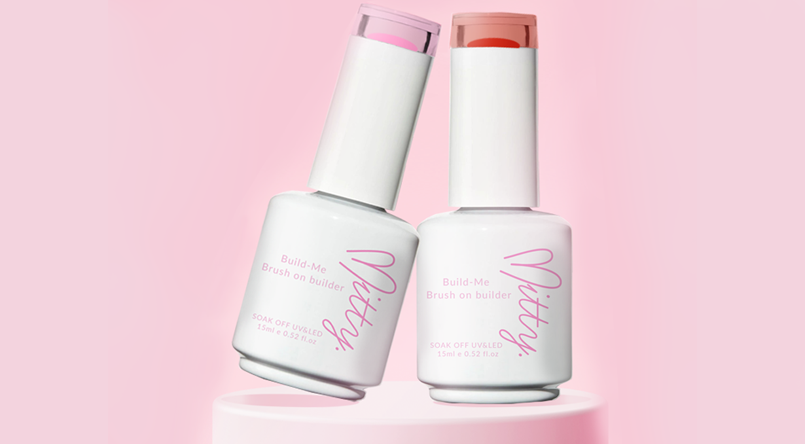
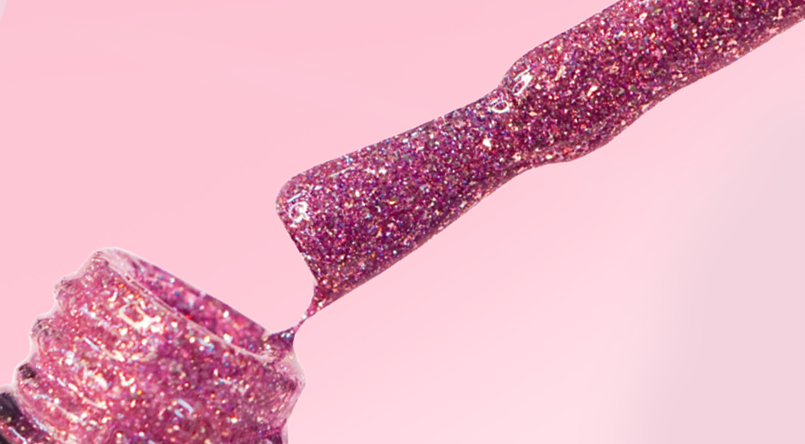
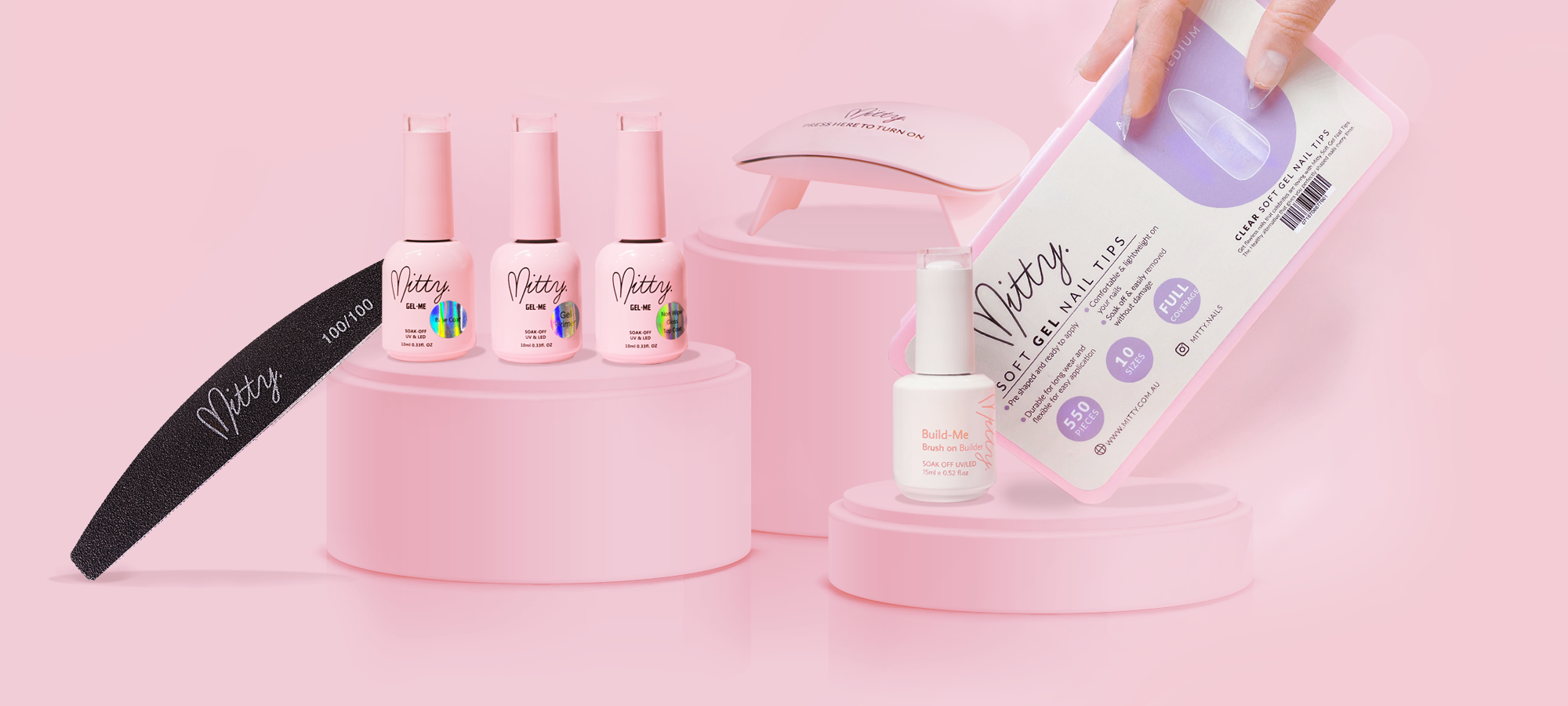

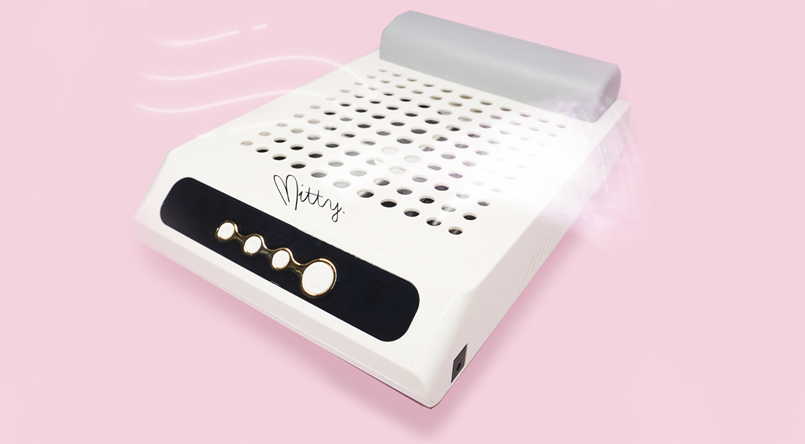
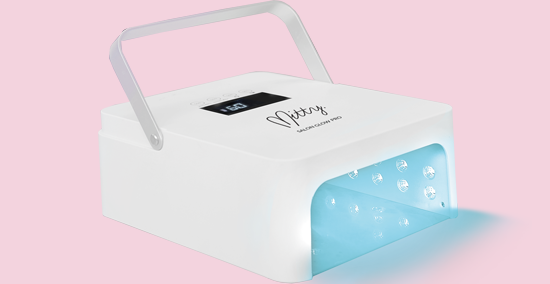
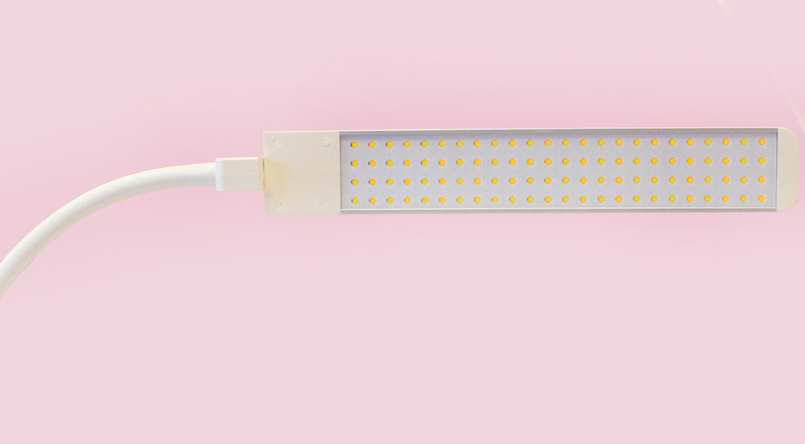
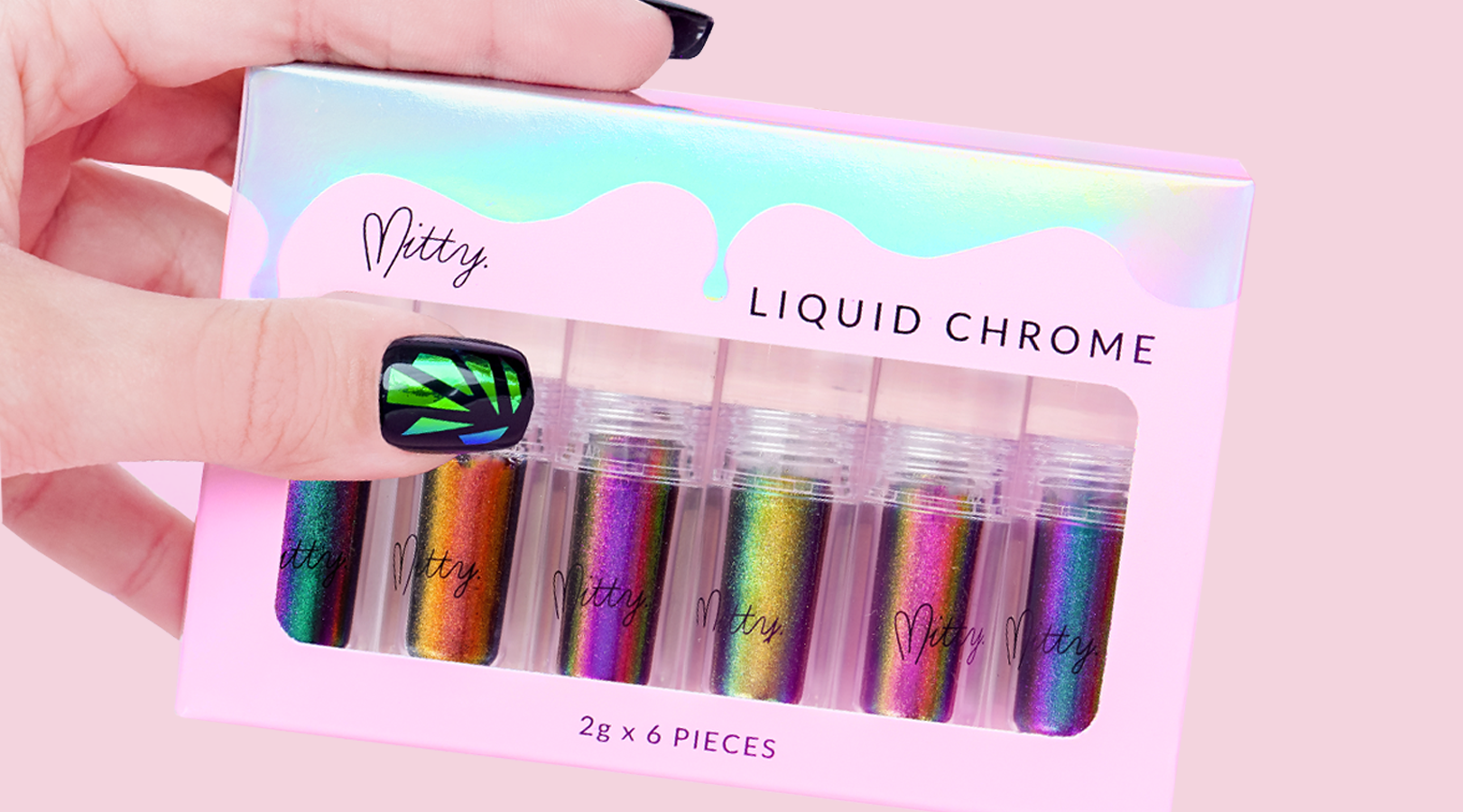
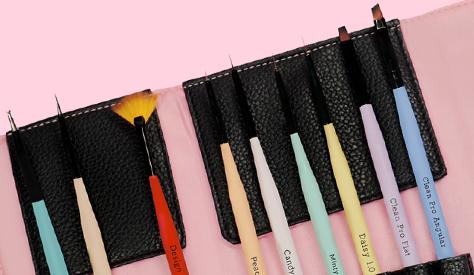
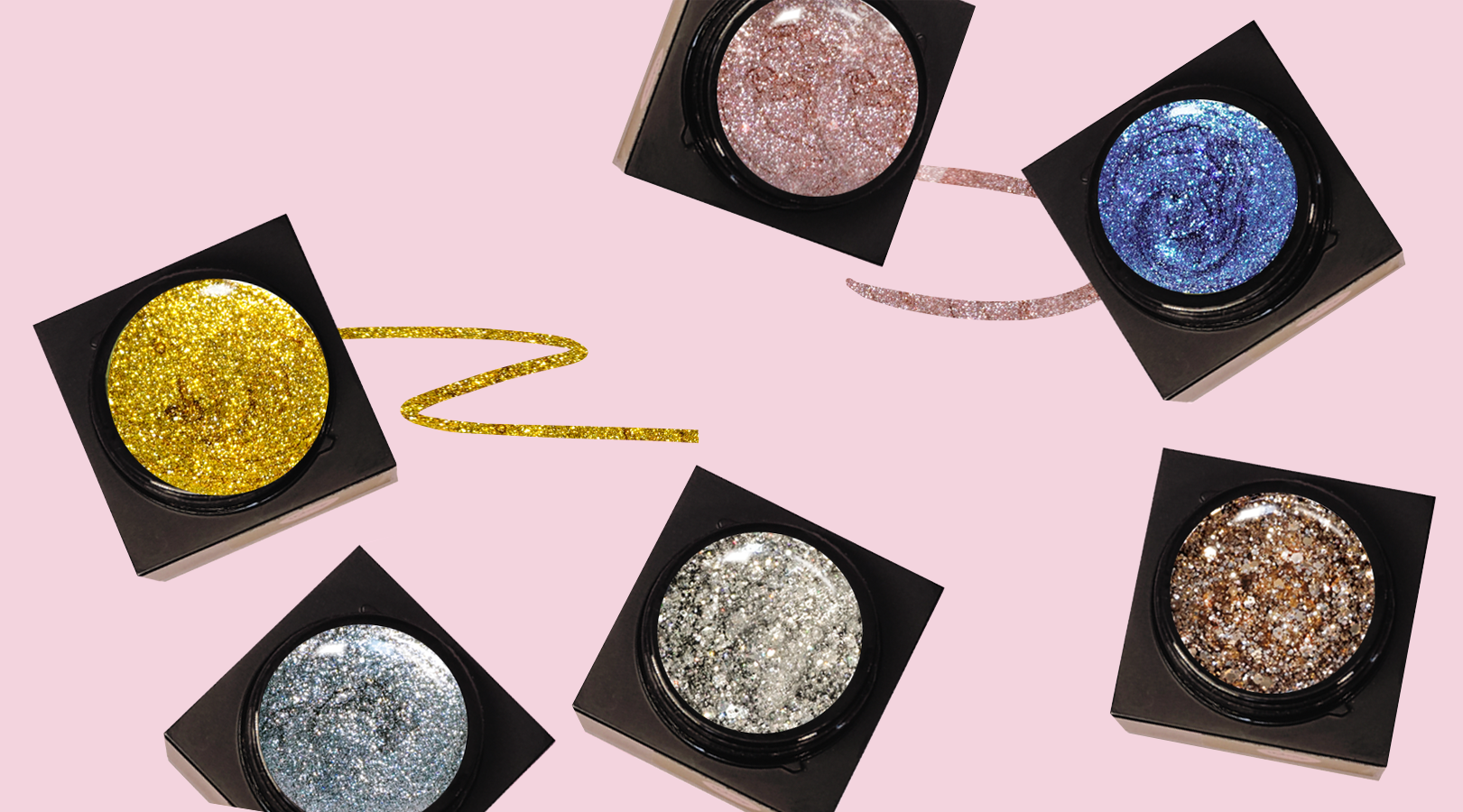
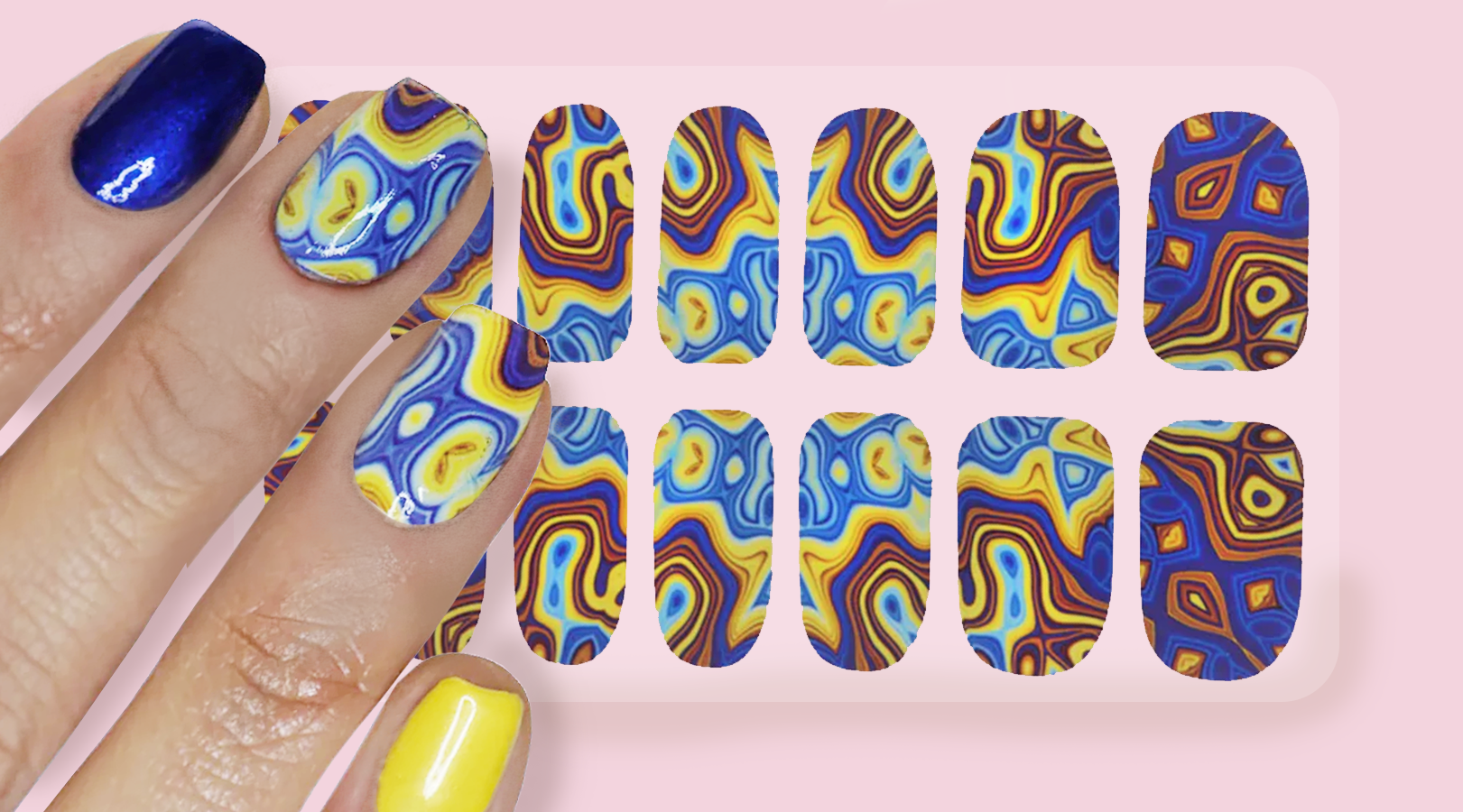
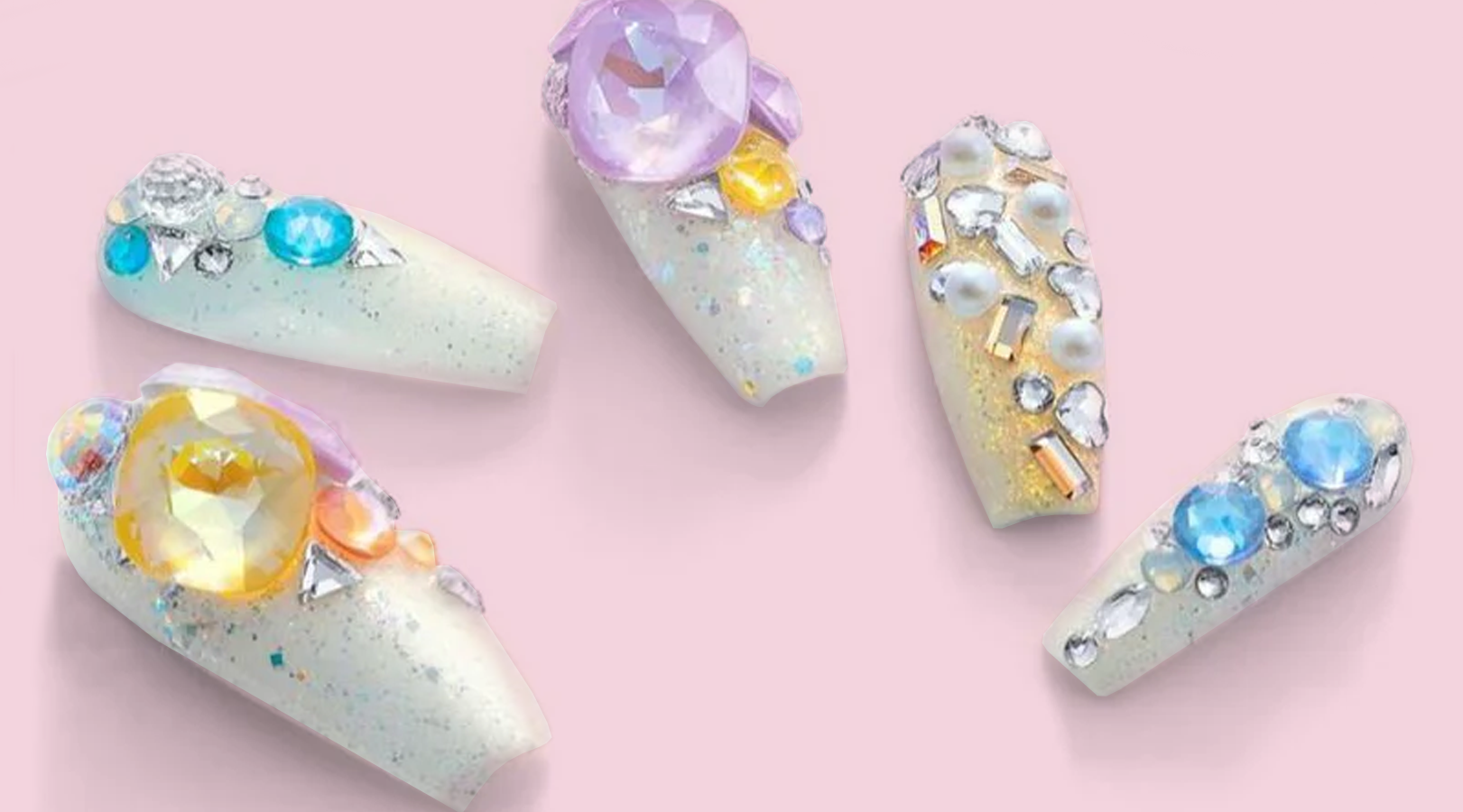

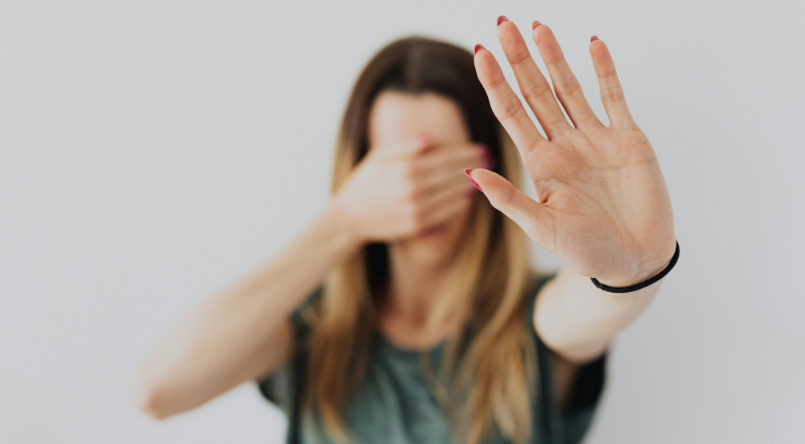

As a Beauty Therapist with 20 years experience, I have come across dry brittle nails that break using Beauty Tools, when cutting straight across happens, it can not happen in some instances if the nail breaks and is weak, also, people that have chalky marks on the surface of the nail can buff off the fungus, although as a Beauty Therapist we are not allowed to diagnose conditions, we are certainly well aware of what problems look like, buffing off chalky surfaces can clear fungus from proliferating and remove it completely in some instances. Please do this if you are coming into a salon for a pedicure, nails that are discoloured are also a concern, (with out varnish or gel). Depending on who you work for, some employers don’t care what conditions peoples feet are in as long as the Nail Tech or Beauty Therapist can deal with it. Privacy policies are a bit of a grey area.
Thank you for the article. I purchased the whole set of the different aroma varieties of the mitty pedi kit, love them. In the article, it says: A good pedicure (relays) on soaking the feet, scrubbing the dead skin away and moisturising.
it should in fact say : A good pedicure relies on soaking the feet, scrubbing the dead skin away and moisturising.
The article explained well all the contra-indications to a pedicure service. Socks and shoes help keep feet soft, over exposure to the elements will dry feet and can cause excess dead skin build up as the feet are naturally trying to toughen and protect the exterior of the feet. It is true that feet can become dependent on pedicures if they are done too frequently, it is necessary for the feet every 4-6 if we were to improve the appearance and condition of the feet. massaging and keeping feet clean and hydrated regularly is not a problem.
Leave a comment